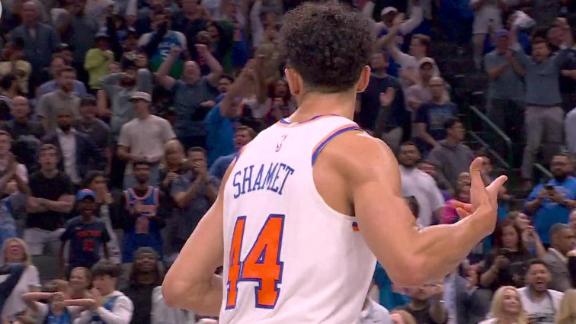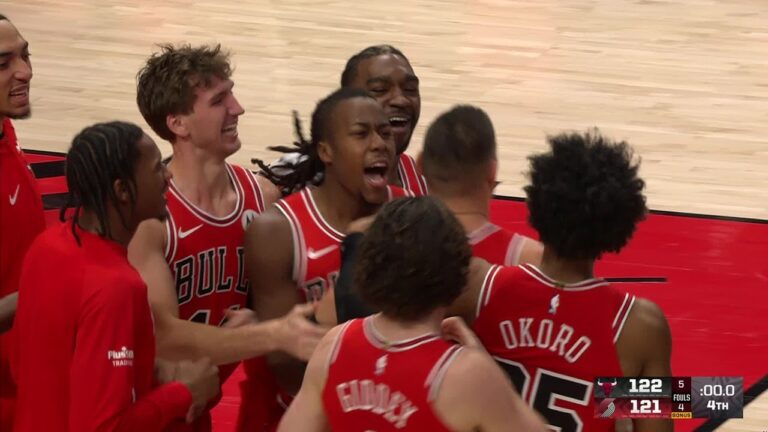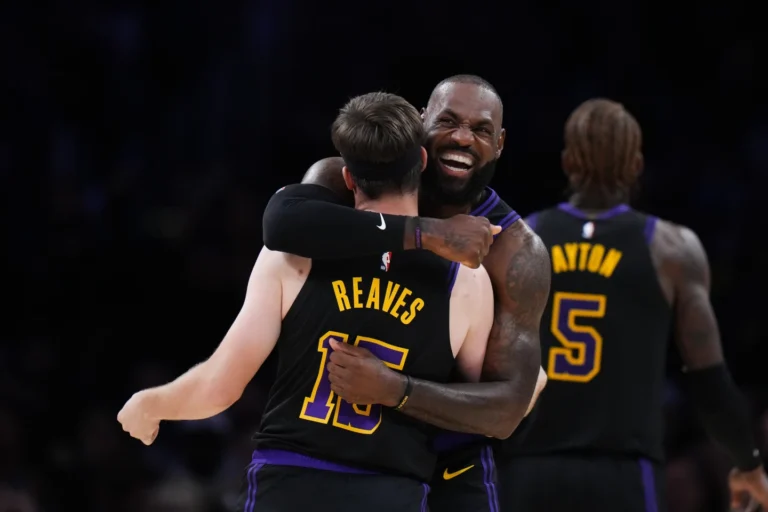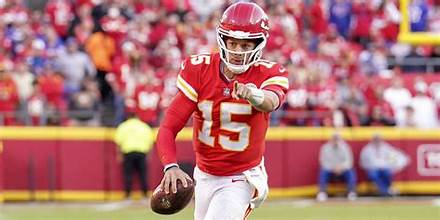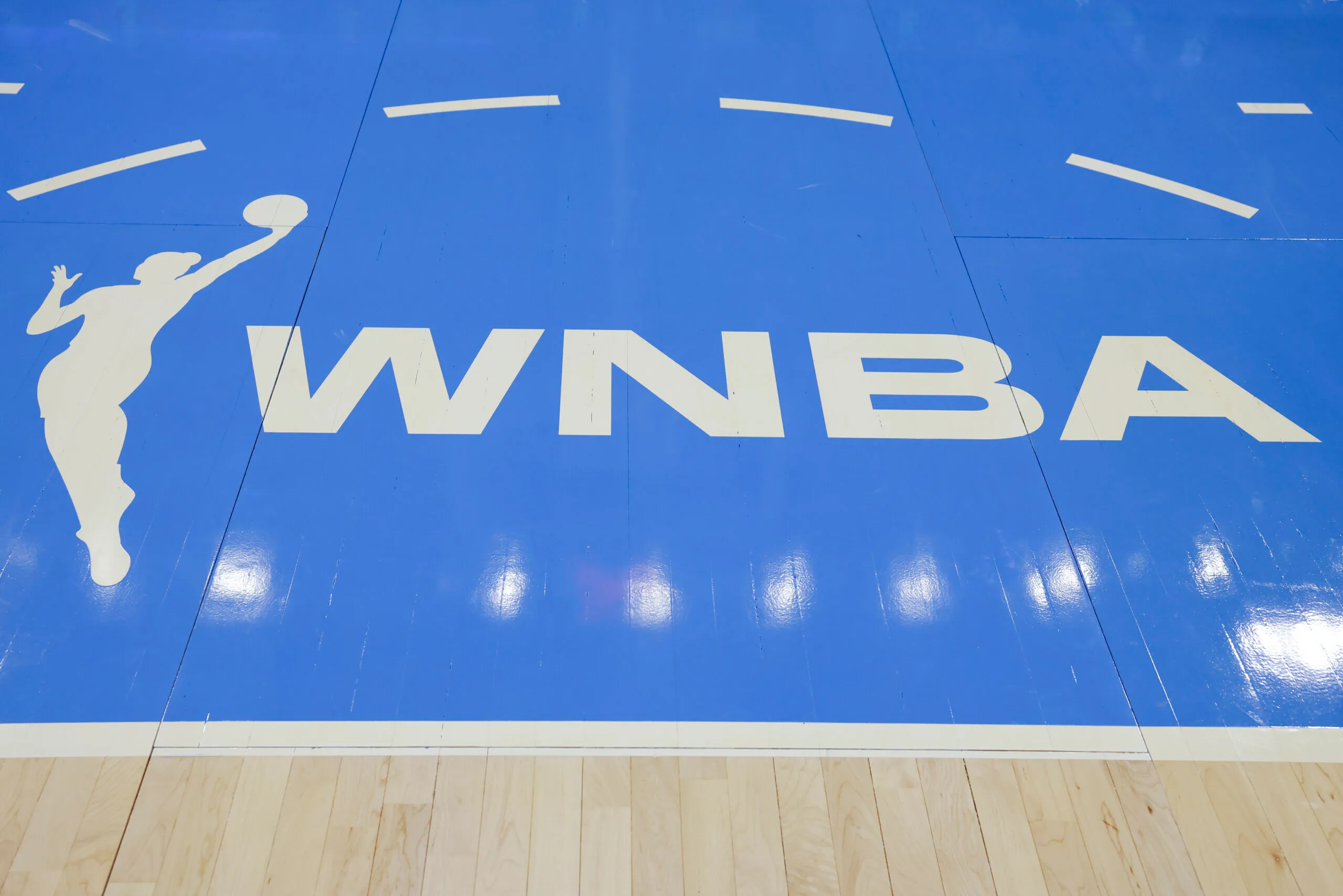
League’s proposal (what the WNBA is offering)
-
The WNBA has reportedly pitched significant salary increases. For example, the veteran minimum in one report is around $300,000, and the “super-max” top salary is around $850,000 in their proposal.
-
On the revenue-sharing model, the league frames its proposal as including an “uncapped revenue-sharing component” that is directly tied to league performance — i.e., as revenue goes up, the players get more. But crucially, the salary cap in the league’s proposal remains fixed unless certain league-wide revenue thresholds are met.
-
The league emphasizes balancing salary growth and long-term sustainability of the business. Commissioner Cathy Engelbert has said the league must “balance the significant increase in salaries and benefits with the long-term viability of the league.”
-
The league claims the players’ union “has yet to offer a viable economic proposal and has repeatedly refused to engage in a meaningful way on many of our proposal terms.”
Union’s counter-proposal (what the players are asking for)
-
The WNBPA is making clear its goal: a model where player compensation grows in tandem with league growth. In their words: a salary structure tied to something like “basketball-related income” (BRI) or league revenue.
-
The union is critical of the current model (and of the league’s proposal) because:
“They’ve responded with bad math and are hoping everyone doesn’t understand what ‘uncapped’ actually means.”
-
Among their other priorities: improved minimum salaries, stronger maternity/family benefits, codified travel/charter-flight standards, loosening of restrictions such as “core” (franchise-type) system, and prioritizing player career-flexibility.
-
The union also argues that the previous revenue-share provisions were structured in a way that made activation very unlikely (e.g., large revenue-growth thresholds that weren’t met) — they see a need to overhaul the underlying model, not just tweak it.
Key sticking points & what’s fuelling the impasse
-
Revenue sharing/salary cap model:
-
The league’s suggested model: fixed cap + incremental revenue share when thresholds are met.
-
The players’ preferred model: direct link between league revenue and salary cap/scale (akin to the NBA’s BRI model).
-
The union points out that under the current CBA, the revenue-share clause was nearly unreachable; they want to avoid another “trigger threshold” trap.
-
-
Definition of “share”:
-
Union: “We want our fair share of the business growth.”
-
League: As articulated (by Adam Silver of the NBA when referencing this), “share isn’t the right word,” and instead focus should be on absolute salary increases.
-
-
Timing / structural constraints:
-
The league has expansion teams coming, major offseason items (free agency, expansion draft) to schedule; a new CBA must account for that.
-
The union feels the league lacks urgency — the union’s counsel said a deal by the original deadline was “not going to happen.”
-
-
Trust, transparency, leadership:
-
Some players have publicly criticized league leadership and feel the bargaining process hasn’t been fully collaborative.
-
-
Minimums/working conditions/benefits:
-
While salary gets the headlines, players want codified travel standards, better family benefits, more control over overseas participation, etc. The league’s proposal reportedly covers some of this, but how strongly is debatable.
-
What happens next & what to watch
-
The sides have agreed to a 30-day extension of the current CBA (now through November 30, 2025) to allow more time for negotiations.
-
During the extension, the current CBA remains in effect — players keep their benefits and the league keeps operations going under the existing terms.
-
Key items to monitor:
-
Does the union submit a detailed economic proposal (with numbers, revenue assumptions, cap structures) or remain more conceptual/ideological?
-
Does the league move closer to the players’ model (i.e., more direct revenue-link) or hold firm on the fixed-cap + thresholds model?
-
Will there be progress on non-salary issues (benefits, travel, maternity/family), which might be easier to agree on and build momentum?
-
What happens if no deal is reached by late November? Another extension is possible — but the risk of disruption (work stoppage, delayed free agency, roster chaos) grows.
-
How the league will manage its expansion plans (including franchise growth) if the CBA negotiations drag on; the uncertainty may hamper planning.
-
Why this is important for 2026 and beyond
-
The players believe that the league has grown significantly (attendance, viewership, media rights) and that this growth should reflect in a more modern compensation model.
-
If the new CBA significantly improves salaries and links them to growth, it could accelerate the league’s attractiveness (players staying in WNBA instead of going overseas, better retention, improved global profile).
-
On the flip side, if a deal is too heavily weighted toward fixed costs without flexibility, the league might struggle with sustainability or scalability (especially with more teams).
-
From a business standpoint, an agreement that aligns player interests with league growth (i.e., when the league succeeds, players succeed) could be a virtuous cycle.
-
For fans and stakeholders, labor stability matters: a smooth offseason (free agency, draft) builds momentum; any disruption (strike, lockout) would be a setback.
Author Profile
Latest entries
 NCAABNovember 20, 2025Top 5 Clash: #4 Arizona Dominates the Glass to Stun #3 UConn 71-67
NCAABNovember 20, 2025Top 5 Clash: #4 Arizona Dominates the Glass to Stun #3 UConn 71-67 NBANovember 20, 2025The Veteran Dagger: Vucevic Buzzer-Beater Lifts Bulls to 122-121 Thriller Over Blazers
NBANovember 20, 2025The Veteran Dagger: Vucevic Buzzer-Beater Lifts Bulls to 122-121 Thriller Over Blazers MLBNovember 19, 2025Hot Stove Ignites: Blockbusters Brewing, QO Frenzy Reshapes Free Agent Market
MLBNovember 19, 2025Hot Stove Ignites: Blockbusters Brewing, QO Frenzy Reshapes Free Agent Market NBANovember 19, 2025Chapter 23 Begins: LeBron James’ Playmaking Fuels Lakers’ 140-126 Rout of Jazz
NBANovember 19, 2025Chapter 23 Begins: LeBron James’ Playmaking Fuels Lakers’ 140-126 Rout of Jazz

 Steelersforever.org
Steelersforever.org